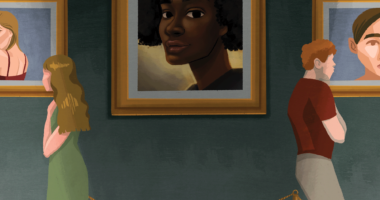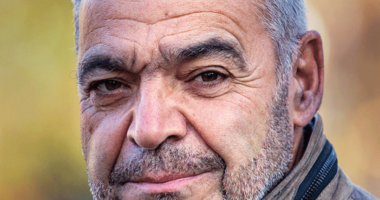Browsing Category
Stories
213 posts
All stories of the Review of Journalism.
Not Talked About
On a cold evening late last fall, the crisp air urges guests to pull their coats tighter. When guests step inside capsul Studio in Toronto’s Liberty Village neighbourhood, the space radiates coziness, not just from the heating but from the energy of attendees. Conversations mix with the soft hum of background music.
Strength in Numbers
In 1994, Fred Vallance-Jones had been a journalist for 10 years, travelling across western Manitoba reporting stories for CBC Radio. Intrigued by a new and rapidly growing type of journalism called computer-assisted reporting, he flew to Ottawa to attend a training session organized by the Canadian Association of Journalists (CAJ). “They pulled out this mysterious database software called FoxPro, and I was amazed by what it could do,” he recalls.
Lights, Camera, Fact Check
If you’ve ever watched The Newsroom or The Morning Show and thought, “Wow, journalism looks thrilling,” you wouldn’t be alone. Fast-paced newsrooms, dramatic interviews, and high-stakes ethical dilemmas make for compelling television. But these depictions raise an important question: how much of this is real, and how much is entertainment?
When We Become the Story
As journalists we want to report the story, not become the story. Sometimes, though, it’s unavoidable. Back in December 1992, an investigation I did into drug trafficking and corruption with a team from CBC’s The Fifth Estate led to the shocking suicide of a senior RCMP inspector the day before we went to air. Then there are some famous cases when our own media companies become the story—like when Fifth Estate broadcast “The Unmaking of Jian Ghomeshi” in 2014, exposing how CBC mishandled sexual assault allegations against its former star radio host.
Missing Voices
On December 3, 2024, South Korean President Yoon Suk Yeol declared martial law. It was a move for political self-preservation that Yoon retracted only a few hours later. As the first such declaration since the 1980s, when martial law was used to silence pro-democracy protestors, it recalled a time many South Koreans believed was long behind them. In military barracks across the country, young soldiers stayed up late, against orders, watching the news and wondering what it might mean. They were frustrated—would they have to carry out Yoon’s order while serving mandatory military time? “We were very annoyed,” says one soldier, who spoke to the Review on condition of anonymity.










